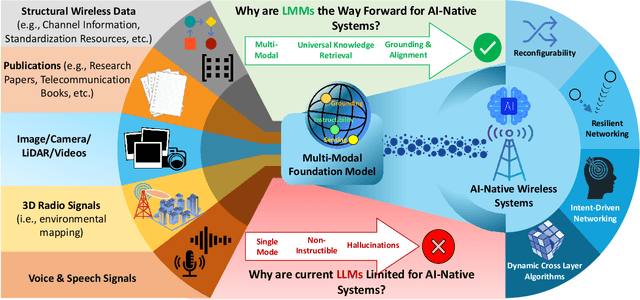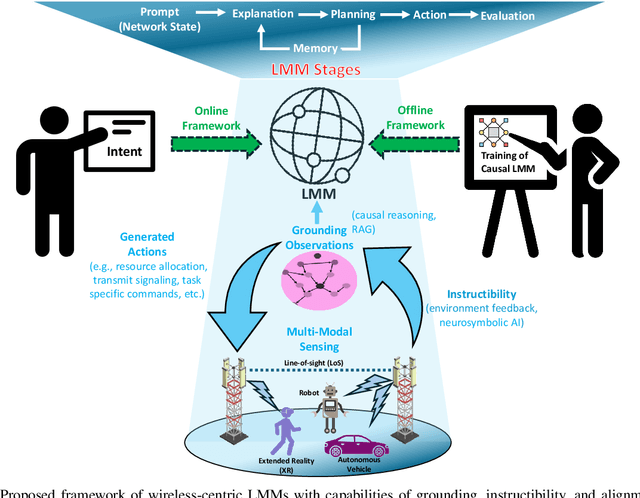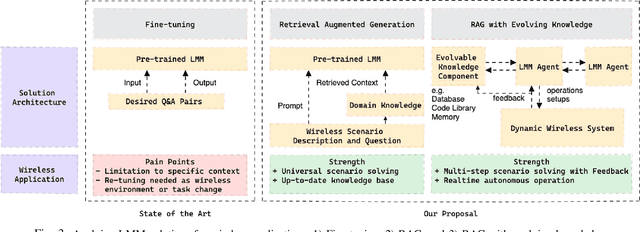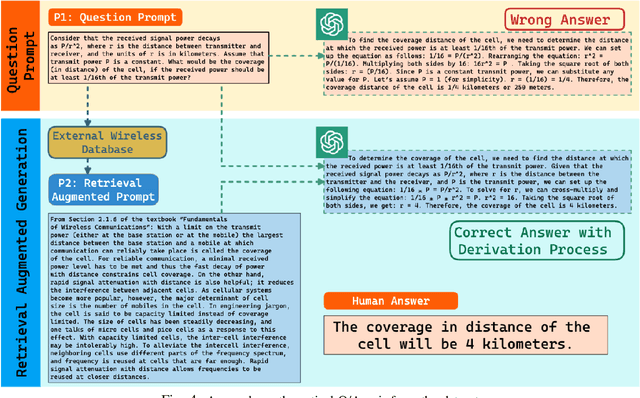Large Multi-Modal Models (LMMs) as Universal Foundation Models for AI-Native Wireless Systems
Paper and Code
Feb 07, 2024



Large language models (LLMs) and foundation models have been recently touted as a game-changer for 6G systems. However, recent efforts on LLMs for wireless networks are limited to a direct application of existing language models that were designed for natural language processing (NLP) applications. To address this challenge and create wireless-centric foundation models, this paper presents a comprehensive vision on how to design universal foundation models that are tailored towards the deployment of artificial intelligence (AI)-native networks. Diverging from NLP-based foundation models, the proposed framework promotes the design of large multi-modal models (LMMs) fostered by three key capabilities: 1) processing of multi-modal sensing data, 2) grounding of physical symbol representations in real-world wireless systems using causal reasoning and retrieval-augmented generation (RAG), and 3) enabling instructibility from the wireless environment feedback to facilitate dynamic network adaptation thanks to logical and mathematical reasoning facilitated by neuro-symbolic AI. In essence, these properties enable the proposed LMM framework to build universal capabilities that cater to various cross-layer networking tasks and alignment of intents across different domains. Preliminary results from experimental evaluation demonstrate the efficacy of grounding using RAG in LMMs, and showcase the alignment of LMMs with wireless system designs. Furthermore, the enhanced rationale exhibited in the responses to mathematical questions by LMMs, compared to vanilla LLMs, demonstrates the logical and mathematical reasoning capabilities inherent in LMMs. Building on those results, we present a sequel of open questions and challenges for LMMs. We then conclude with a set of recommendations that ignite the path towards LMM-empowered AI-native systems.
 Add to Chrome
Add to Chrome Add to Firefox
Add to Firefox Add to Edge
Add to Edge